About the teacher, Dhammadhida
Dhammadhida is a meditation and Dhamma teacher with more than 25 years of experience in the Thai Theravadin meditation tradition. Her Pali name means the daughter born of the Dhamma. She traveled to Thailand in 1997 to complete a social work internship serving street kids in Bangkok’s largest slum area, known as Klong Toey. She also immersed herself in meditation study with Theravadin Buddhist monks.
After completing the samatha levels of meditation, Dhammadhida became the first western woman certified by Thai Theravadin senior monks in 2000, and was given her Pali name. She is an approved lay teacher of samatha (tranquility, calmness) and vipassana (insight) meditation of the late Luang Pu Sodh Candasaro tradition (1885-1959).
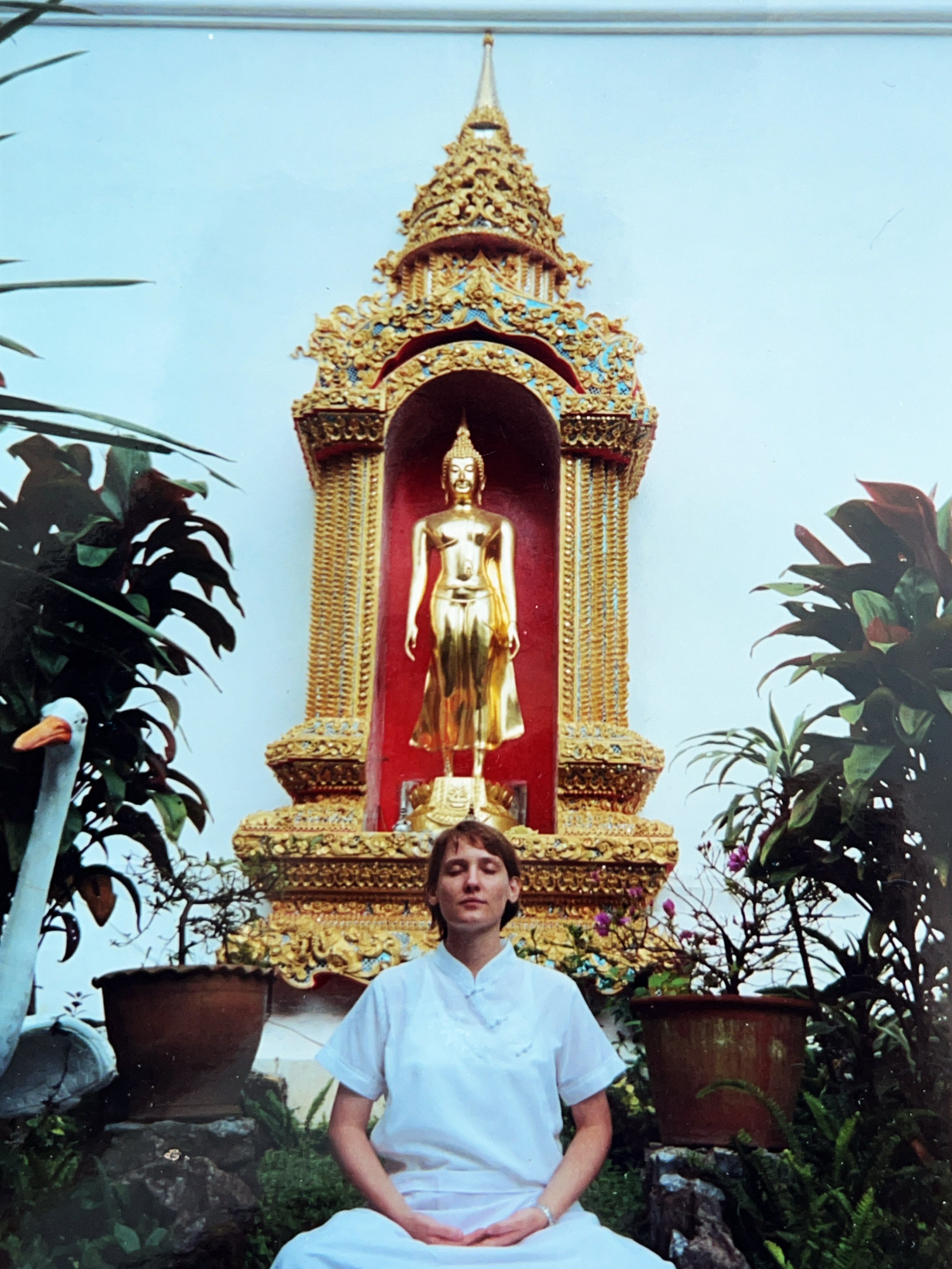

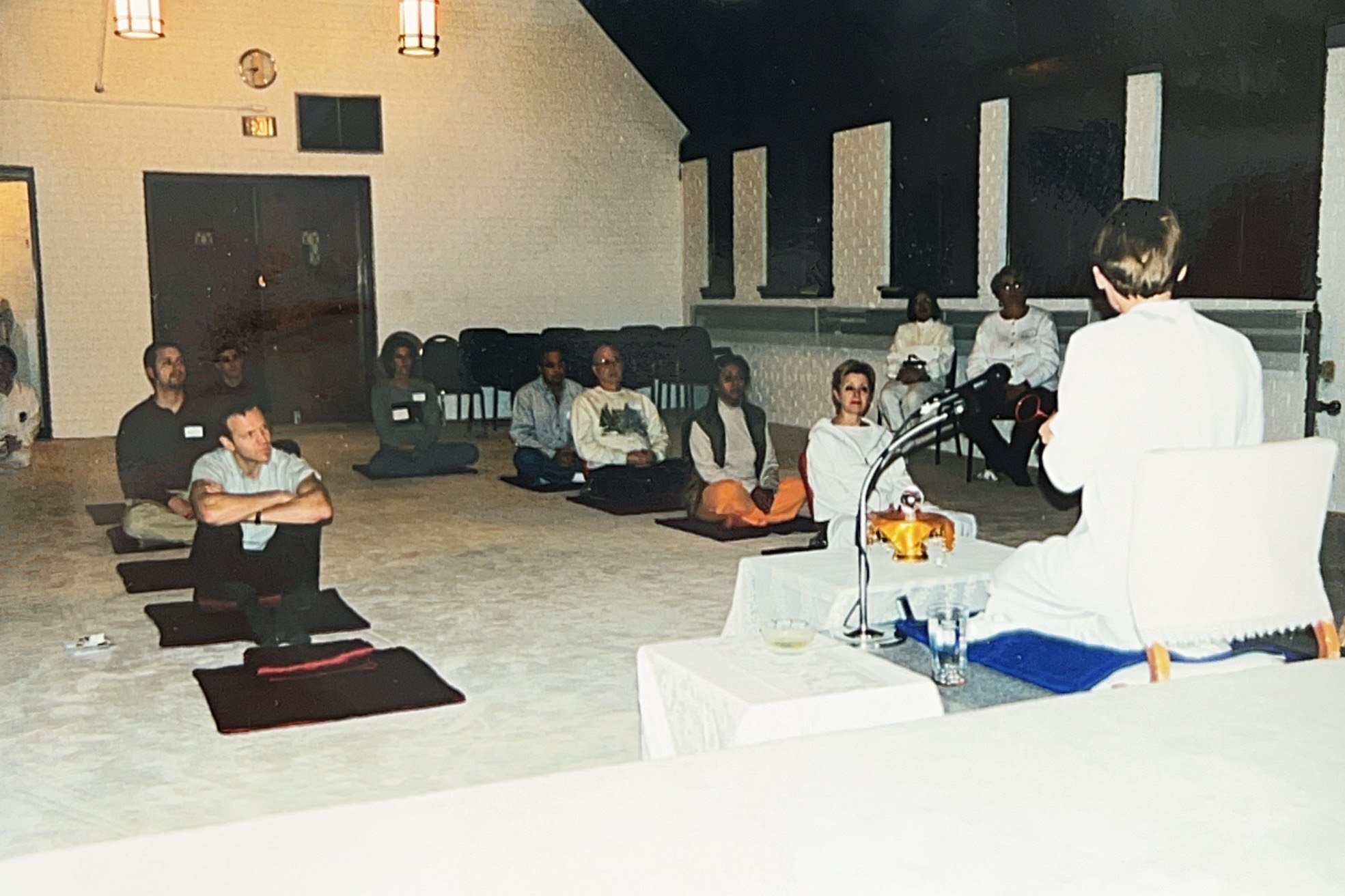
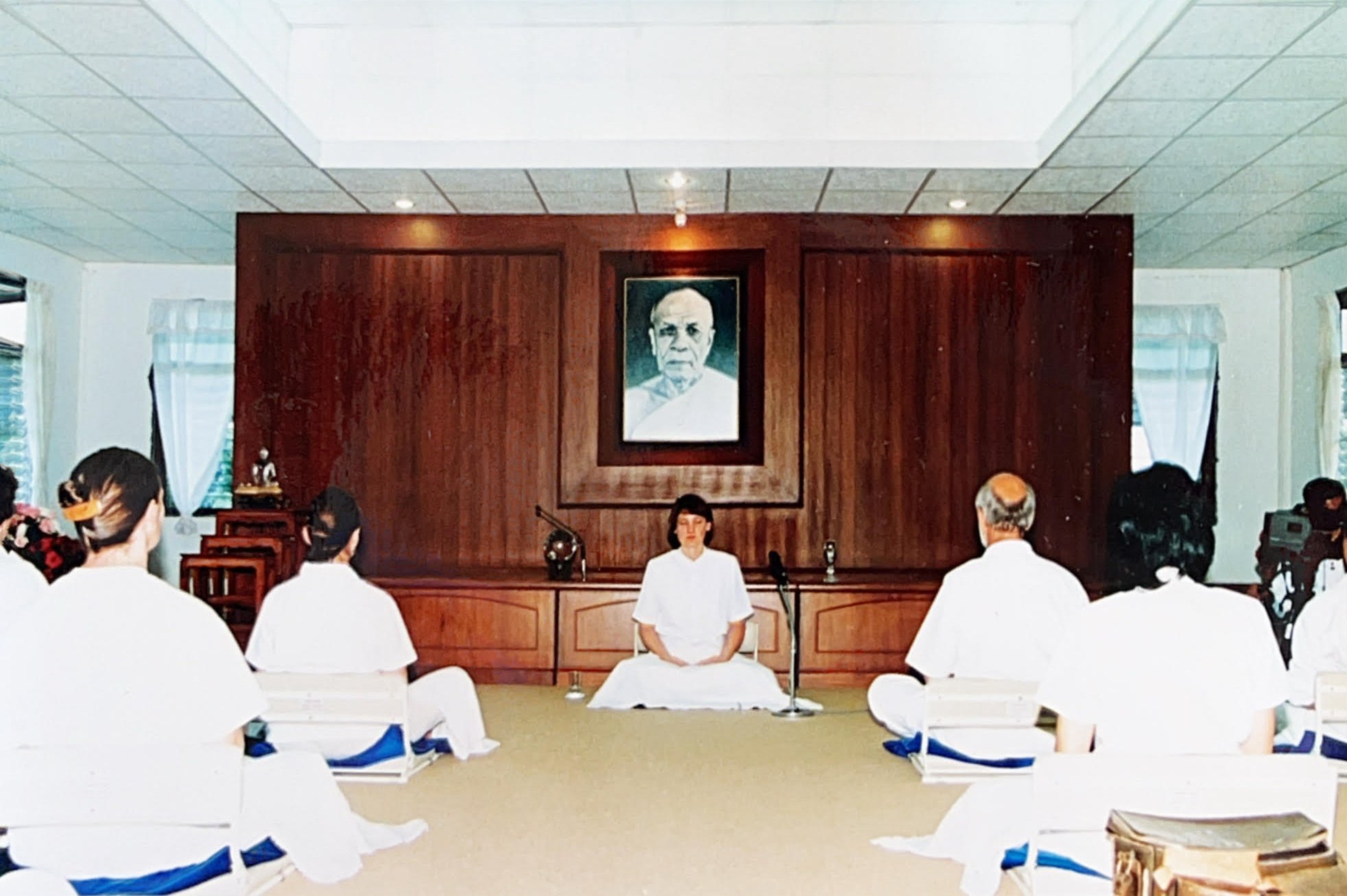
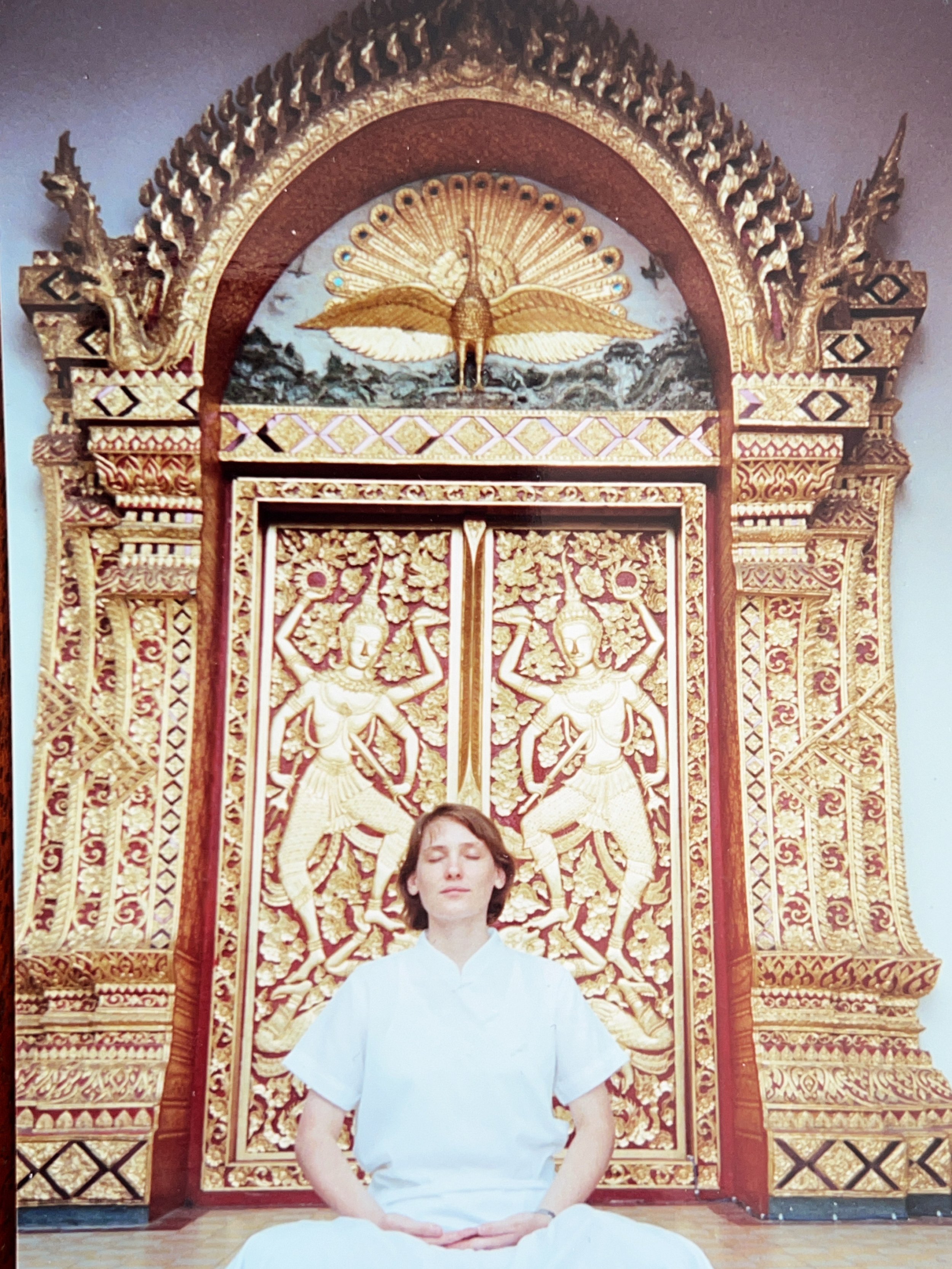
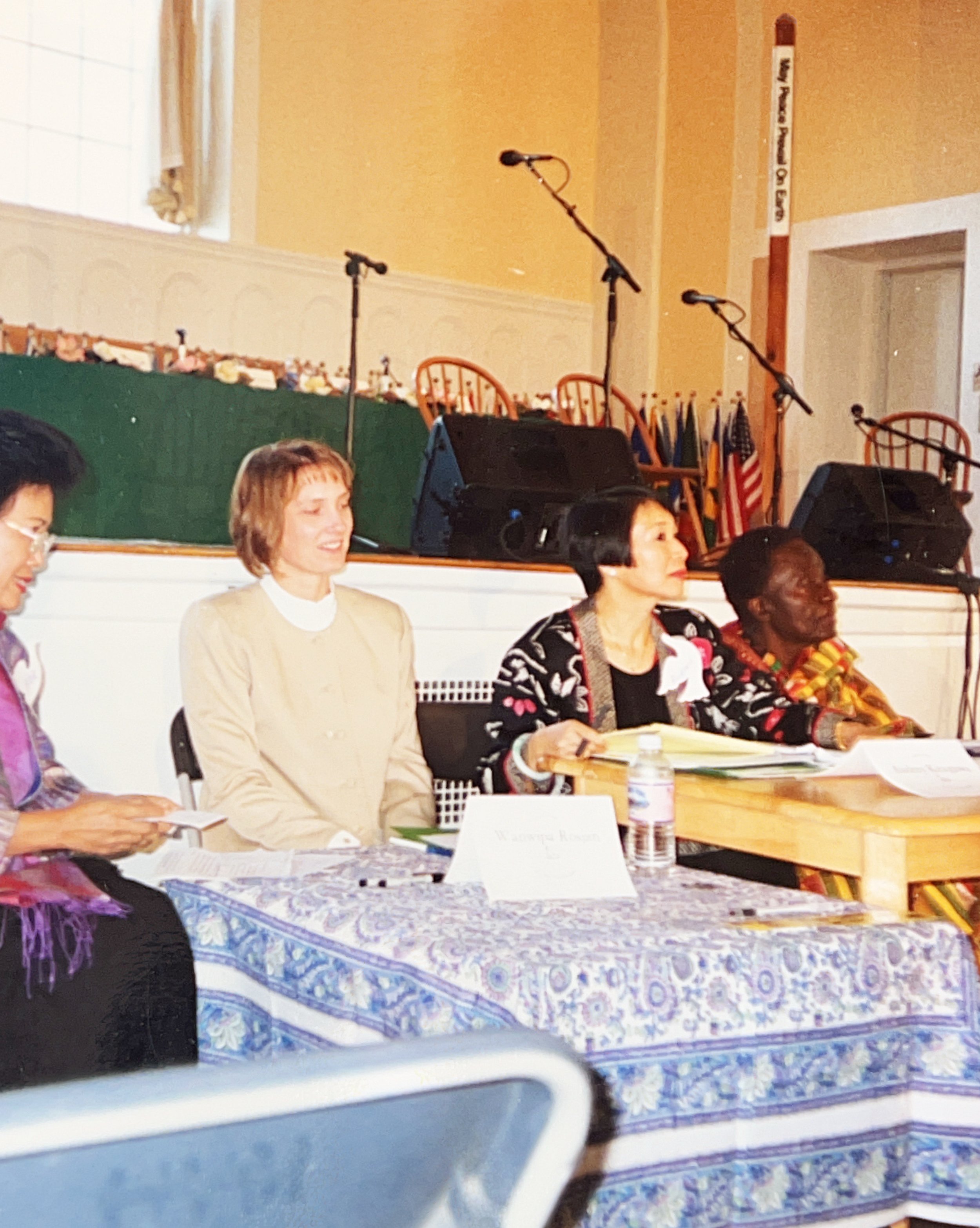
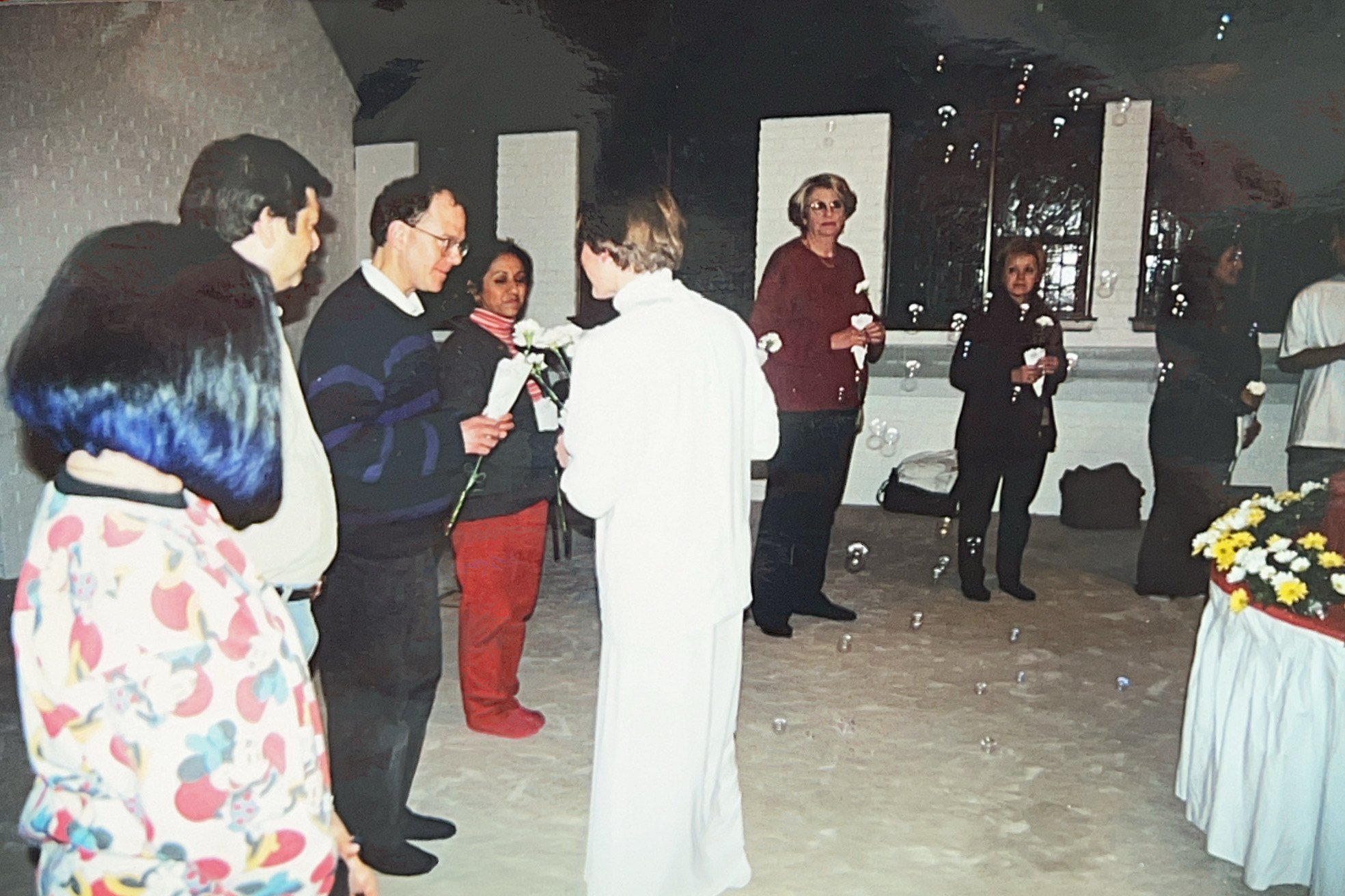
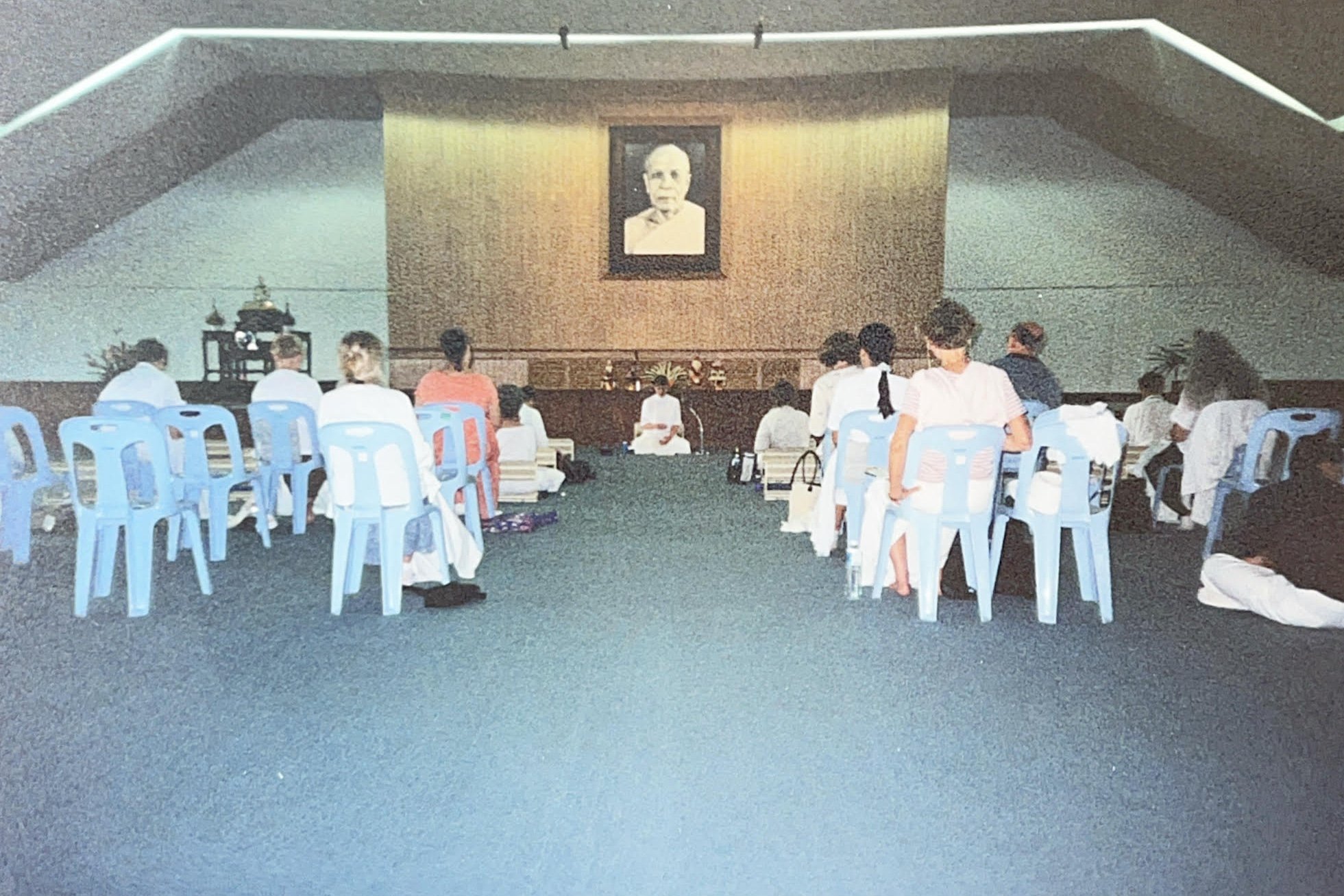
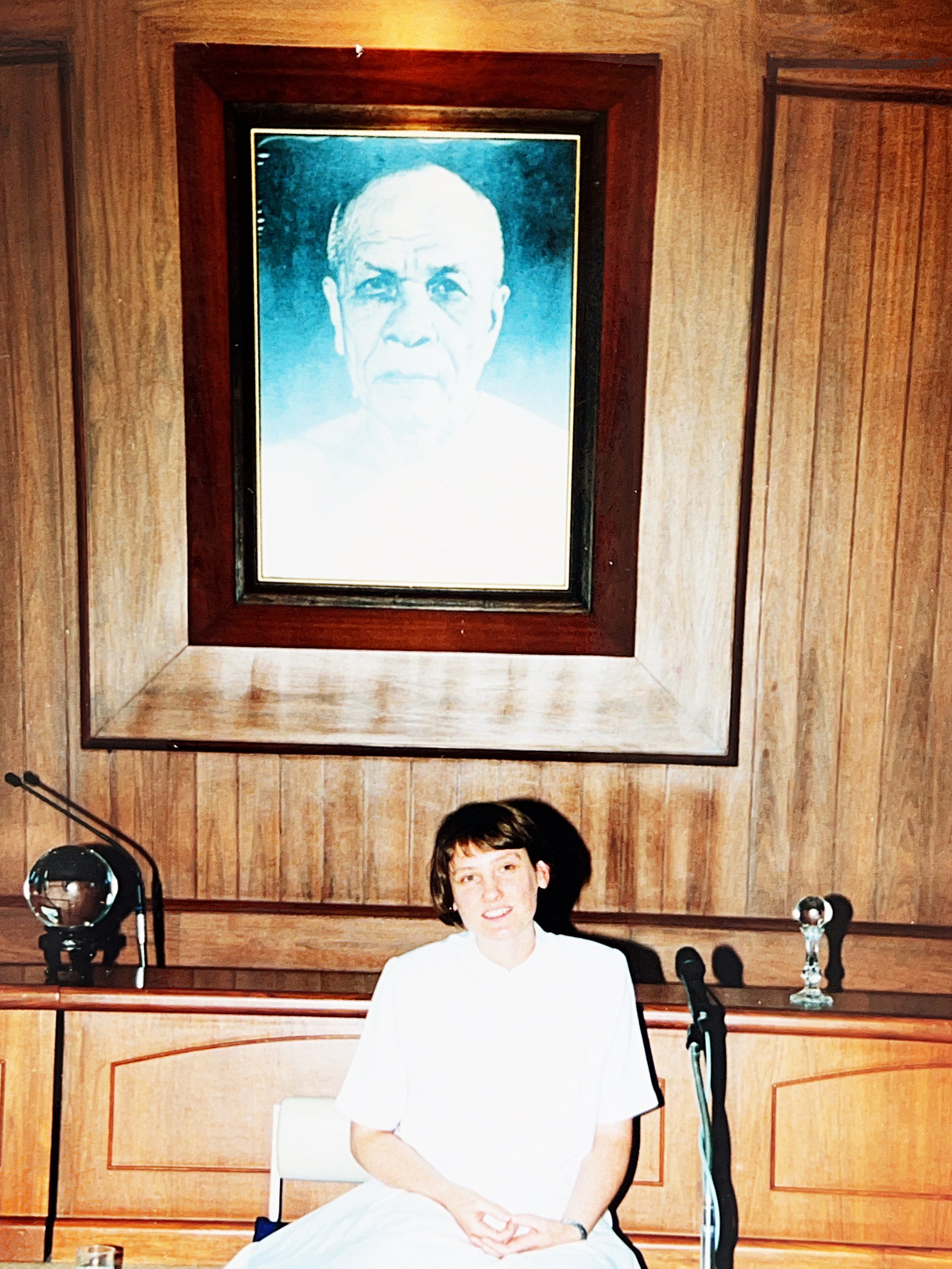
Teaching meditation to a global audience
Since then, Dhammadhida has led meditation retreats, workshops and courses in major cities in the United States, including New York City, Washington DC, Los Angeles and Chicago. She led meditation classes and retreats in northern Thailand, Bangkok and Sydney, Australia. Dhammadhida had the opportunity to teach meditation at the United Nations headquarters in New York City, and the Global People’s Assembly in San Francisco.
Dhammadhida has taught meditation to many beginners and experienced meditators. She is trained in teaching the more subtle and advanced stages of tranquility (samatha) meditation including nimittas and jhana for the of purpose of generating insight (vipasanna) and wisdom (vijja).
Continuing the Meditation Lineage
Dhammadhida teaches a lineage of meditation within the Thai Theravadin meditation tradition known as Samma Arahang or Dhammakaya meditation, which was popularized by Luang Pu Sodh Candasaro in the early 20th century. The meditation can be traced back to Boran Kammatthana, known as Southern Esoteric Theravada Buddhism.
According to Buddhist scholars and excerpts from old manuscripts, features of this practice are derived from an old tradition which once dominated Southeast Asia. Having a rich history, this meditation practice is reflected in the Pali suttas, Abhidhamma, Yogavacara manual and the Visuddhimagga. Dhammadhida’s teachings are for the purpose of preserving this tradition by making a meaningful contribution to its transmission in the West.
A life-long student of Dhamma
In 2009, Dhammadhida received a scholarship from the Thai Dhammachai International Research Institute (DIRI) to pursue a Master’s degree in Buddhism at the University of Sydney, Australia. She studied Pali language under Dr. Mark Allon, a renowned Buddhist and Pali scholar in South and Southeast Asia. She conducted an analysis of Early Buddhism on the origins and evolution of the Theravadin and Sarvastivadin Abhidhamma.
Dhammadhida also participated in a Yale University study for experienced meditators measuring positive brain changes. The results of the Yale meditation study were presented at the Mind and Life Conference in 2008. Dhammadhida has been interviewed in the media on the benefits of meditation.
The Buddha taught that the highest happiness in this world is peace of mind, and that peace of mind is also endowed with wisdom. It is both samatha and vipassana.
Continued scholarship in various lineages
Dhammadhida traveled throughout South and Southeast Asia and met with different meditation masters to experience variations within Theravadin Buddhism. She received teachings within the Thai Forest Tradition from the Ven. Luang Pu Uthai, who is the successor of Ajahn Maha Bua’s tradition, Ven. Ajahn Suchart, Ven. Ajahn Nyanadhammo, and Ven. Ajahn Gunhah, who is the late Ajahn Chah’s nephew.
She also received teachings from Bhante Henepola Gunaratana and traveled in Sri Lanka. She spent time in India and Nepal to experience Tibetan Buddhism. She studied Mahamudra from the late Ven. Khenpo Karthar Rinpoche at KTD in New York. She draws some parallels with the esoteric teachings of the late Luang Pu Sodh Candasaro and the Mahamudra luminous mind training.

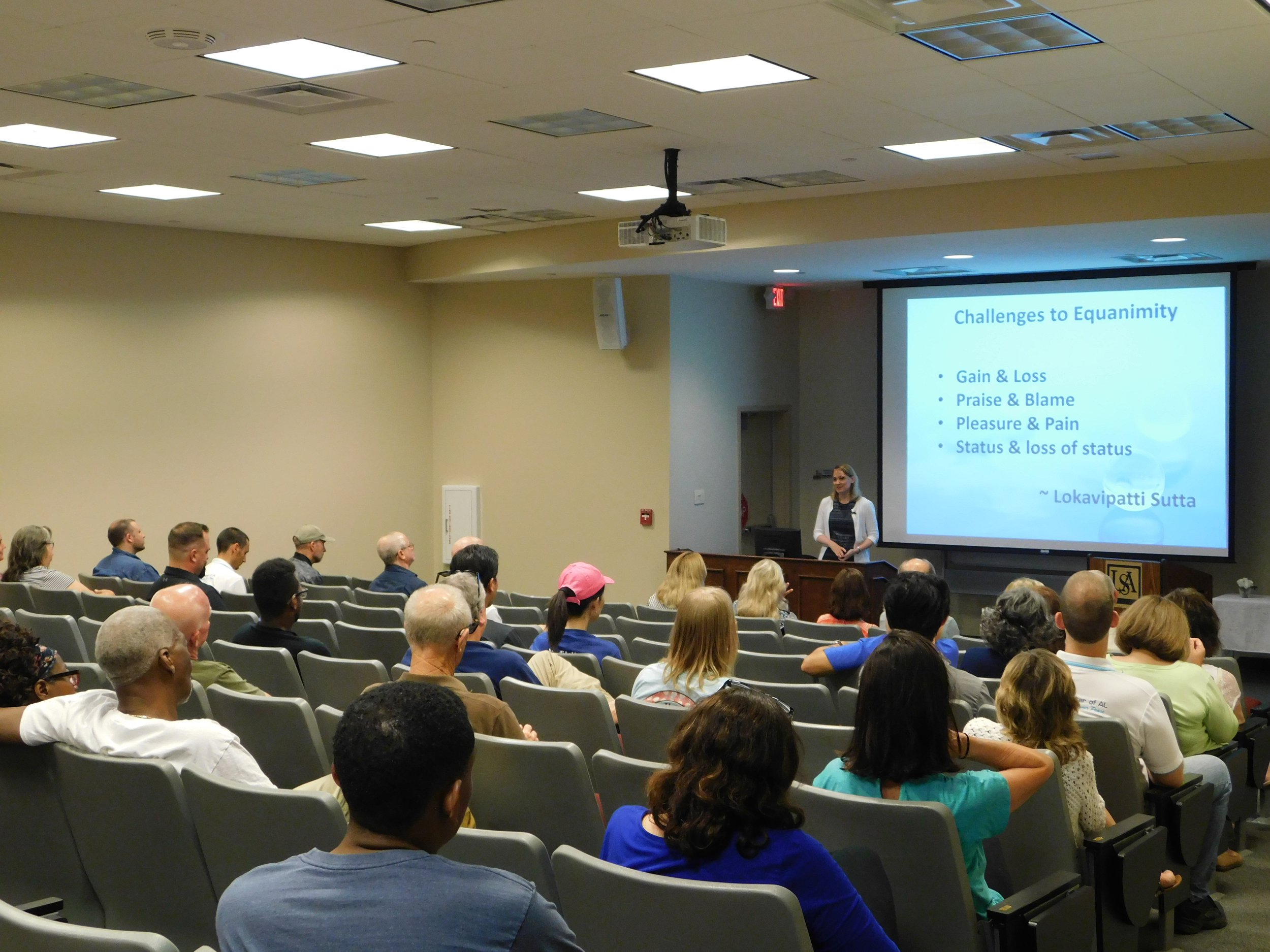







Practice with me
We begin with the understanding that, in its natural state, the mind is luminous, clear, and bright. However, we are usually so identified with our thoughts and emotions that we do not experience the mind’s natural luminosity and peacefulness. This is why consistent meditation practice is essential.
Connect with me.
If you are looking for guidance in your meditation or spiritual practice, I would be honored to walk alongside you.
Fill out any details you think are relevant and I’ll be in touch shortly.







